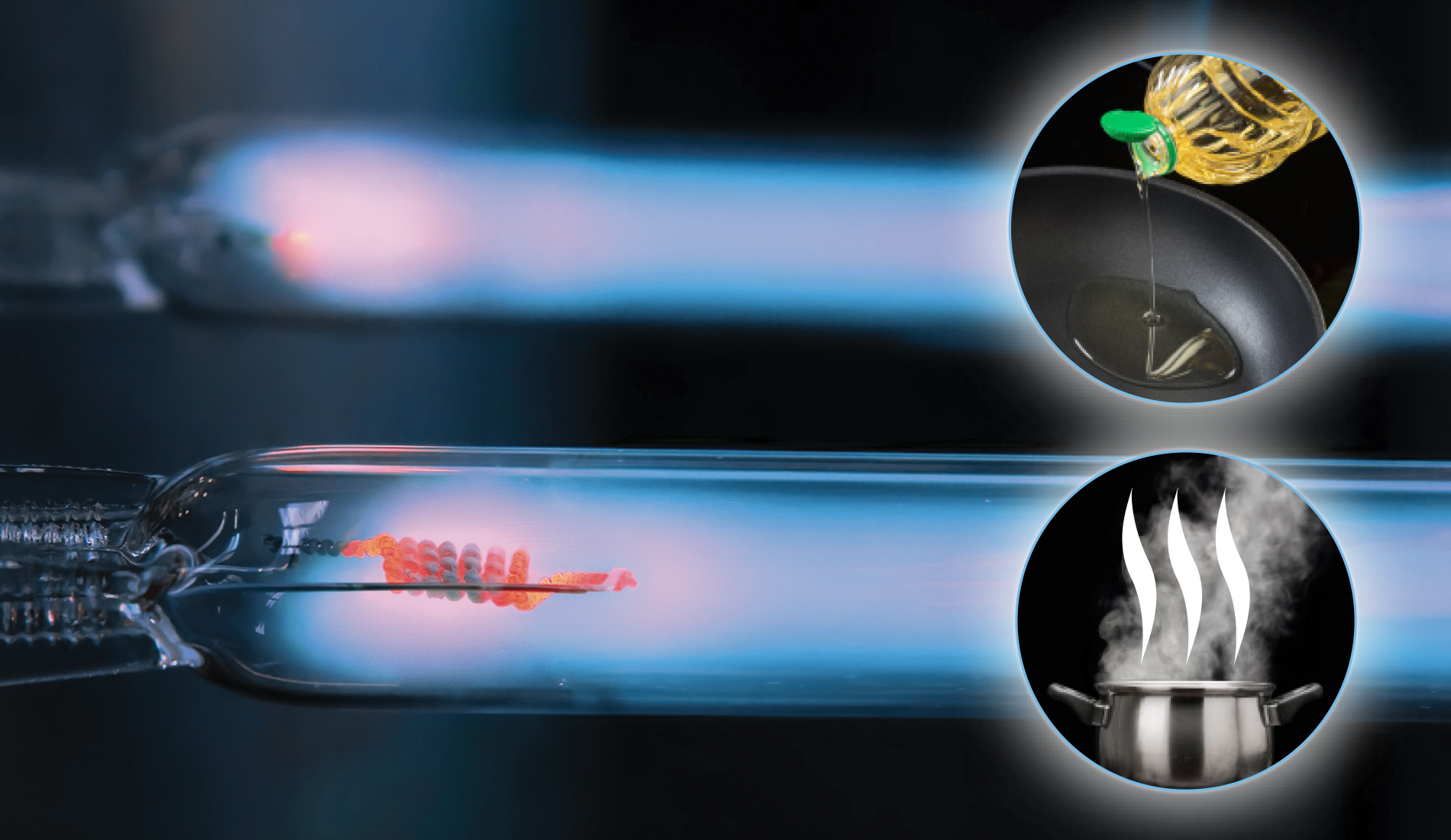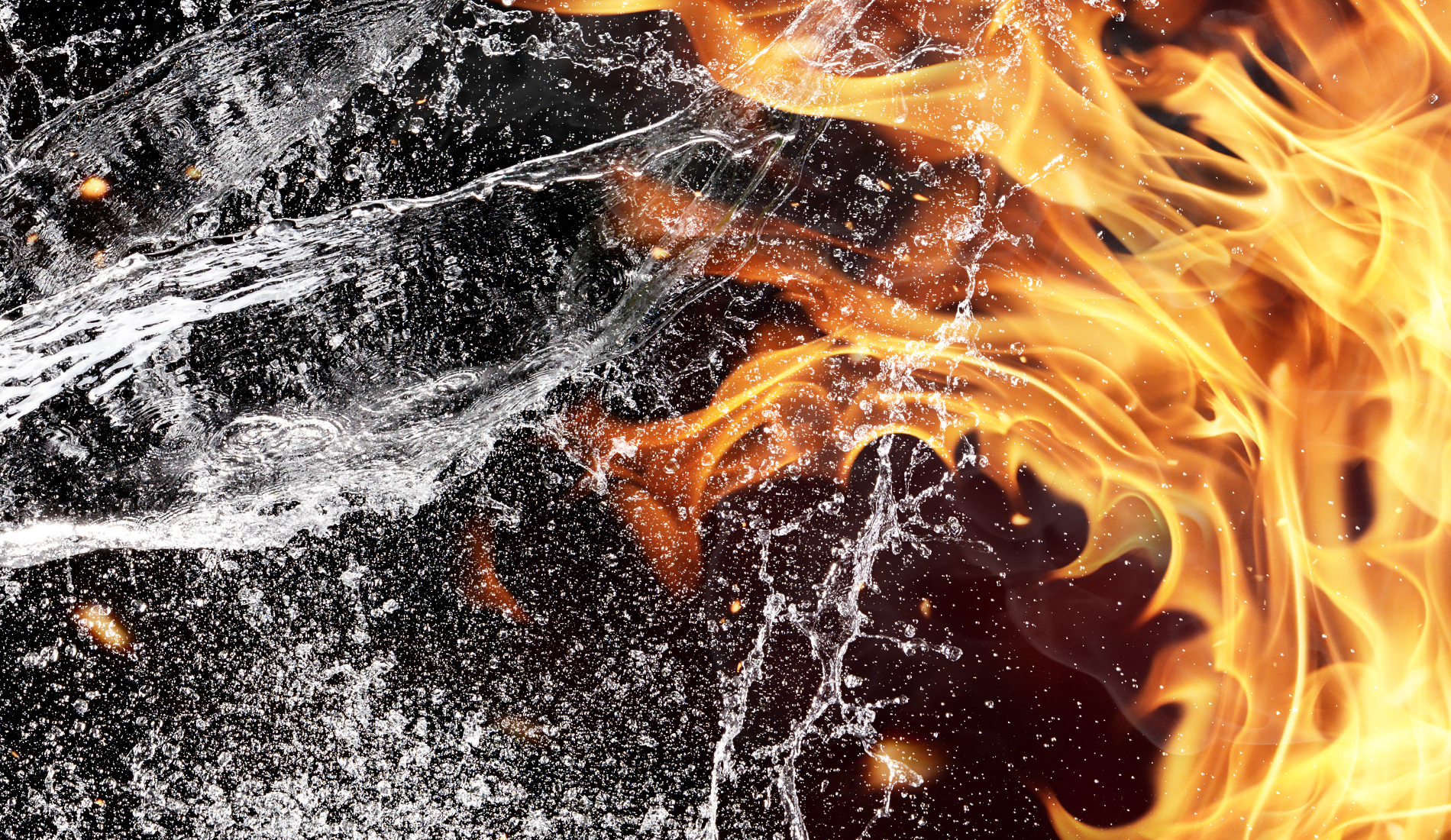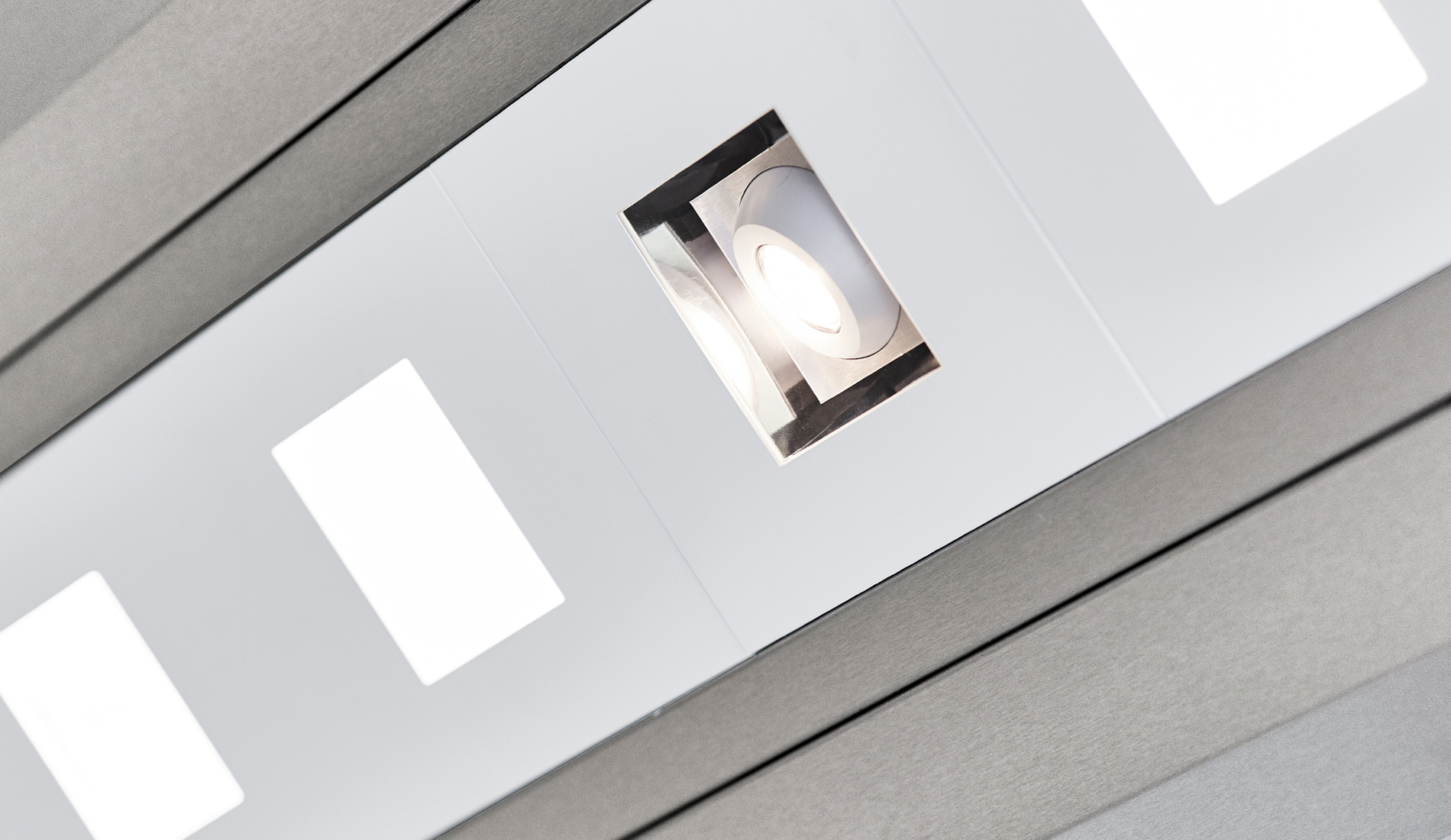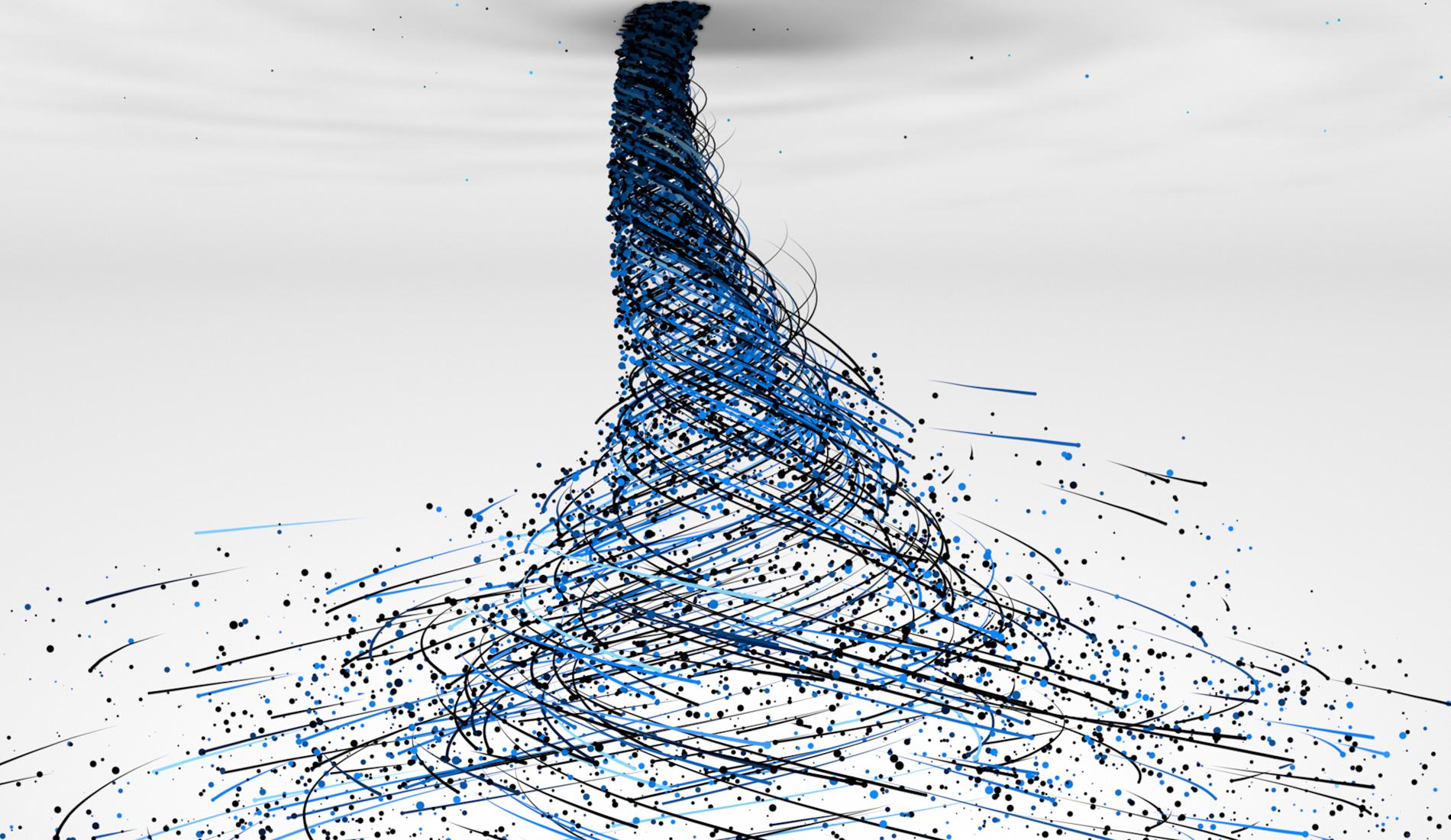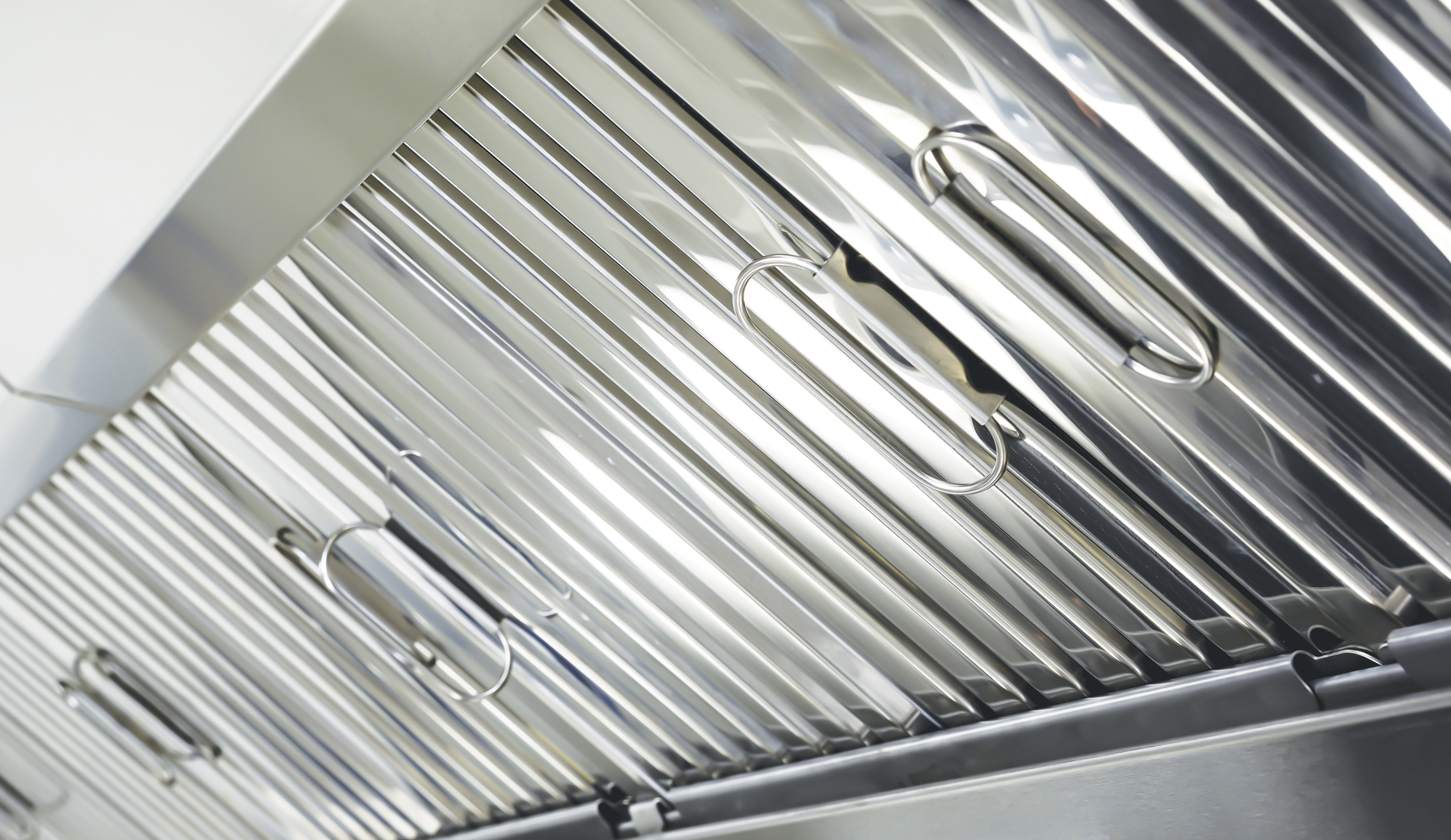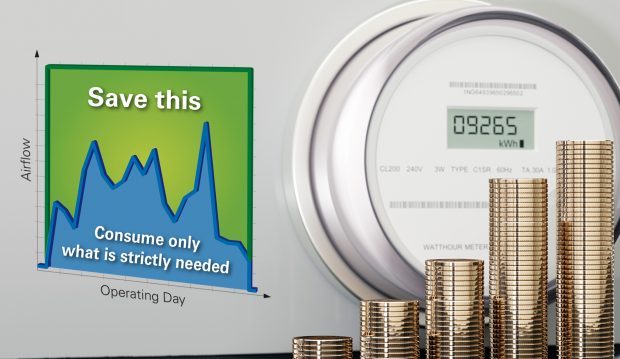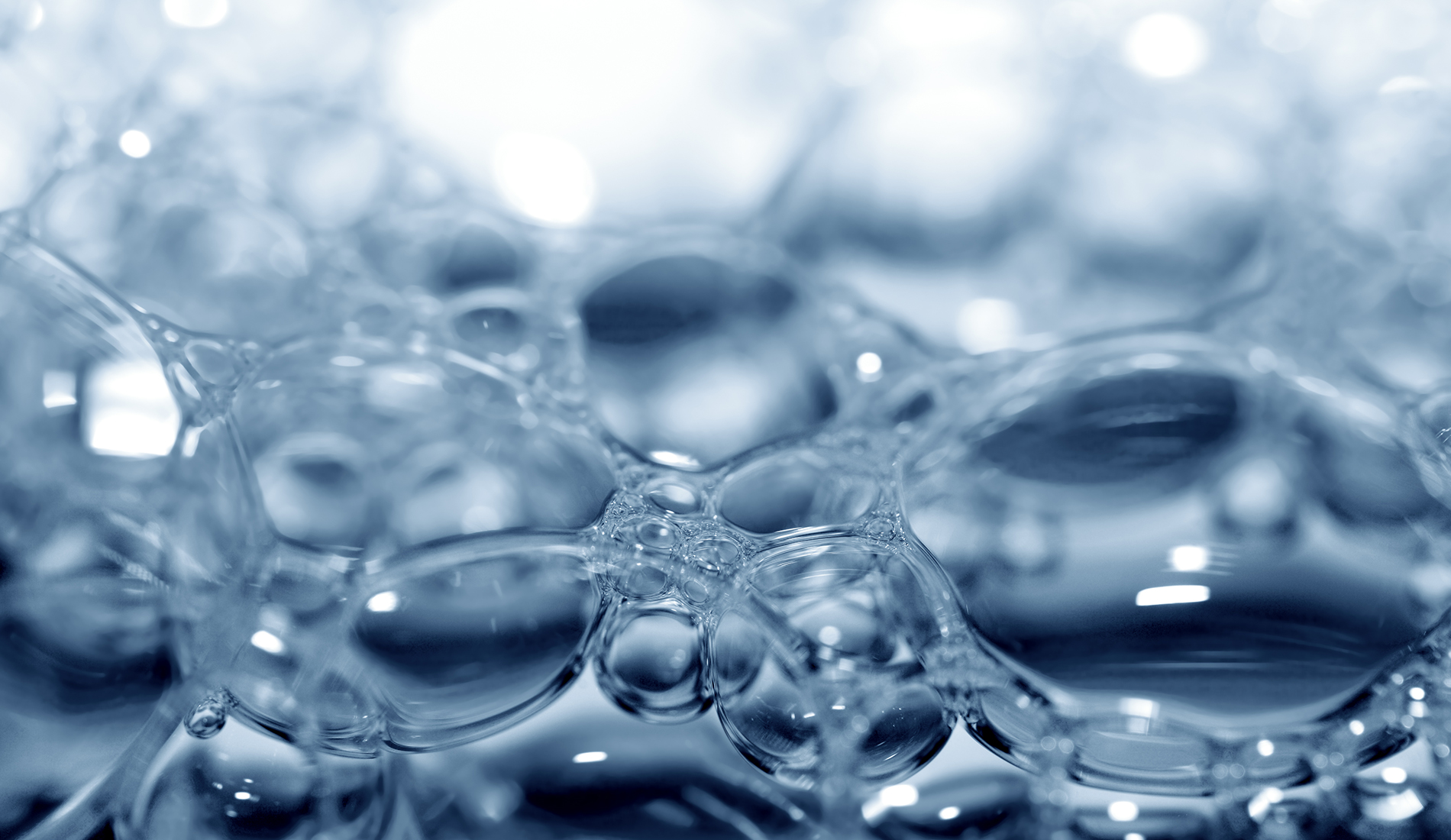
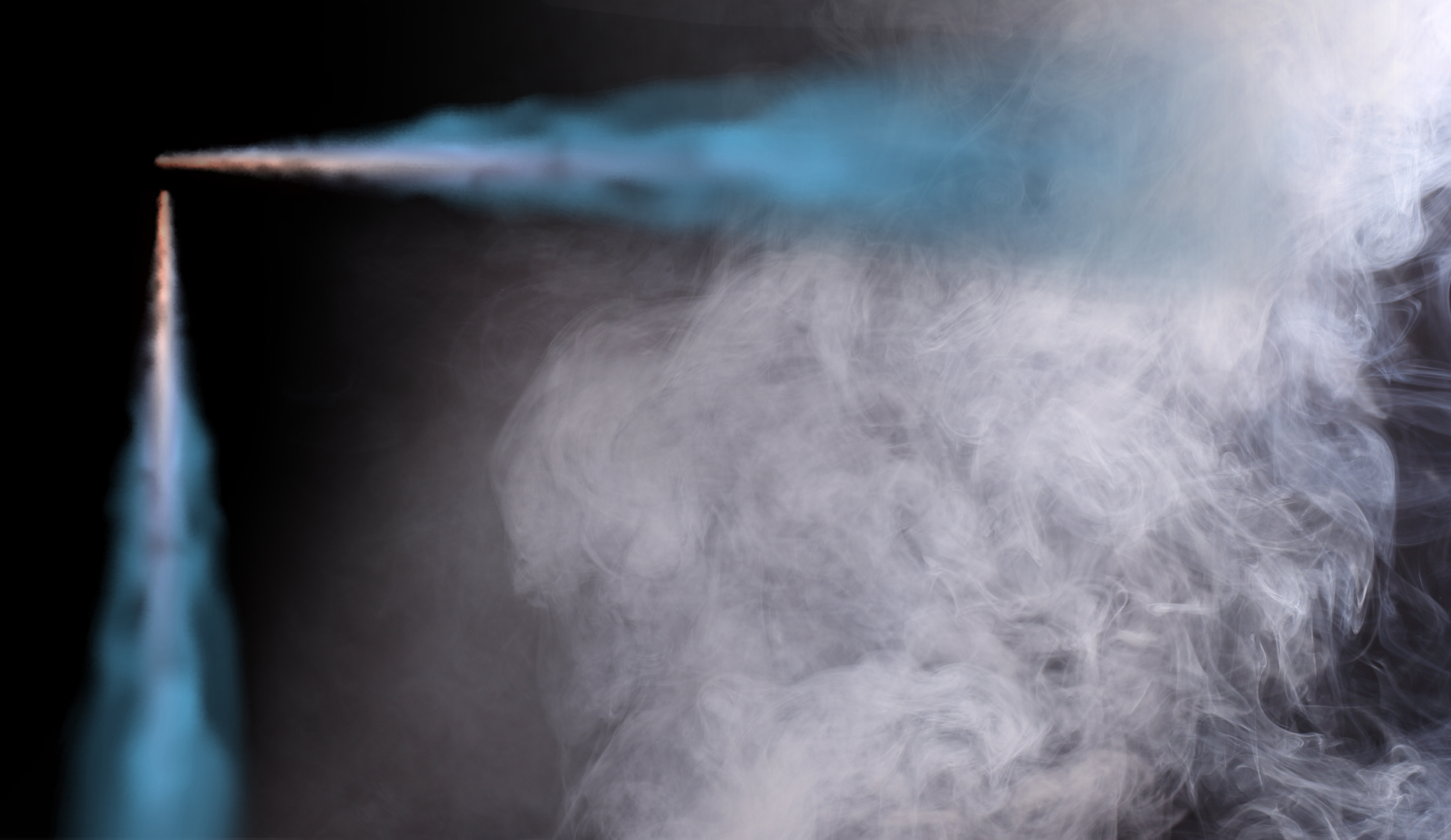
Capture Jet™ technology
An integral component of Halton’s hoods and ventilated ceilings which generates substantial energy savings with as much as a 50% reduction in exhaust airflow rates.
This is the main benefit of Halton’s Capture Jet™ technology compared to traditional suction only exhaust systems removing the same heat load. There are other advantages using this Halton technology that has been continually improved:
– Enjoy enhanced working conditions and comfort;
– Accelerated return on investment due to significant energy savings;
– Quiet operation.
Benefits
The Capture Jet™ technology in the majority of cases, pays back upon start-up of the kitchen, the rest shortly after that. The energy savings directly contribute to your profitability while the staff benefits from improved working conditions.

- Up to 30 to 50% reduction in exhaust airflow rates compared to traditional suction only hoods.
- Up to 15% reduction in exhaust airflow rates compared to traditional ventilated ceilings.
- No compromise on the smoke and heat capture with reduced airflow rates while maintaining the air quality.
- Significant energy savings for the cooling/heating make-up air systems (less air out, less air in!).
- Reduced infrastructure costs on the smaller duct and fan system, saving on the capital cost of the installation.
- No specific duct required for Capture Jet installation, reducing installation costs.
- Improved working conditions for the staff: less drafts inside the kitchen and reduced noise levels due to the airflow rate reduction.
How does it work?
The Capture Jet™ technology is related to the association of two sets of nozzles supplied with an extremely low supply air volume (a maximum of 30 m³/h/ml of hood). These nozzles fit to the lower part of the hood front as well as the sides, encircling the perimeter of the covered cooking areas.
– The horizontal nozzles increase the push/pull of the thermal plume and smoke from the lower part of the hood front due to the Venturi effect. It provides an assist to push vapours back towards the filters.
– The vertical nozzles form a curtain of air that increases the hoods’ containment volume, protects the capture zone from draughts and minimises the dispersal of vapours. They effectively provides a physical barrier virtually bringing the containment area closer to the cooking appliances.
– The exhaust airflows are reduced by up to 30 to 50%, depending on the Capture Jet™ hood model when compared to suction only exhaust hoods.
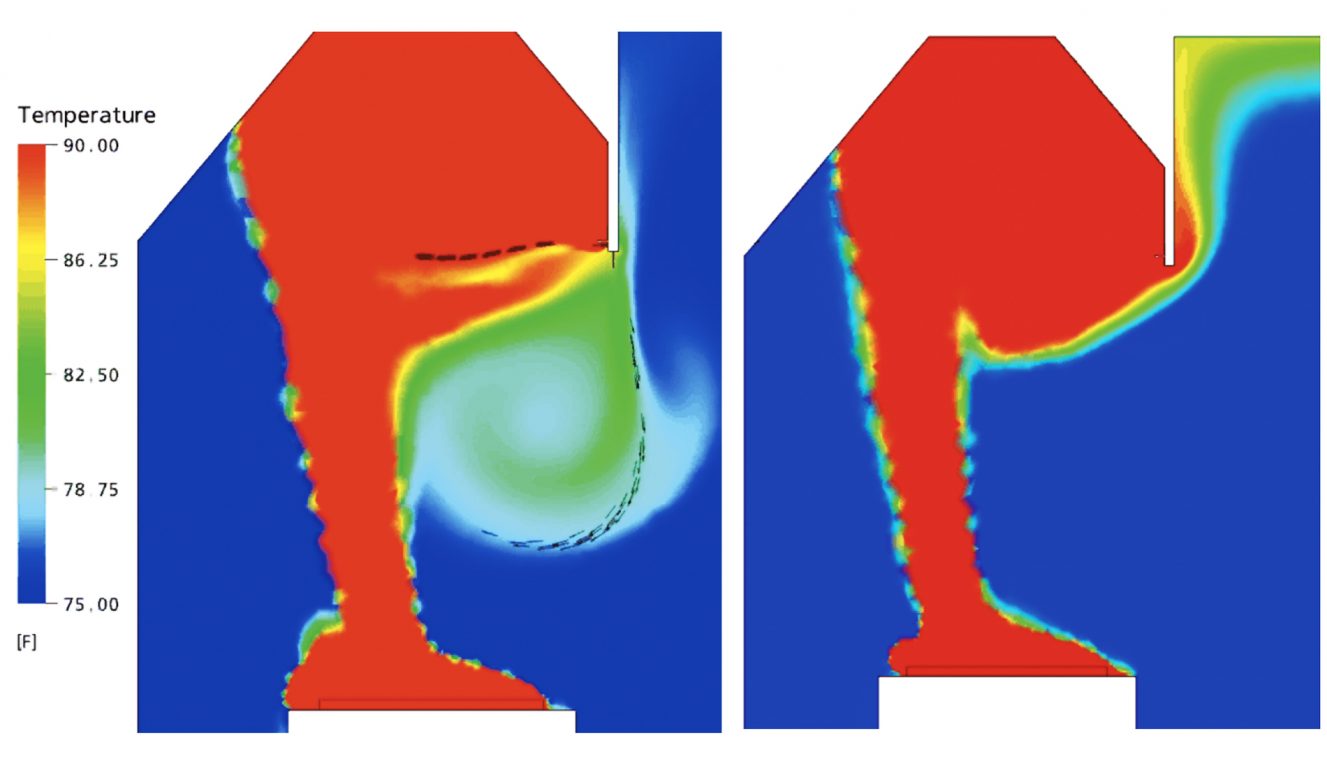
Digital simulation on a ventilated ceiling.
• WITH Capture Jets (left), the convective flows are completely captures.
• WITHOUT Capture Jets (right), part of the convective flows escapes the hood.
On ventilated ceilings, it works in the same manner.
In a kitchen fitted with a ventilated ceiling, the cooking areas are fully open, with no hoods extending downwards from the ceiling. In fact, one of the major advantages of this technique is the impression of space.
However, compared to traditional hoods, vapours are extracted at a higher level. Therefore the plume expands more between the cooking appliances and the plenums of the ventilated ceiling.
Although the operating principle of the two sets of nozzles is similar to that of the hoods, the benefits of the Capture Jet™ technology are a little different:
– The Capture Jets increase the containment volume and improve the capture efficiency of the ceilings;
– The exhaust airflows are therefore reduced by 15% in relation to suction only traditional ceilings;
– The Capture Jets also mitigates a common issue of traditional ceilings of recirculating cooking vapours with the fresh air supply.
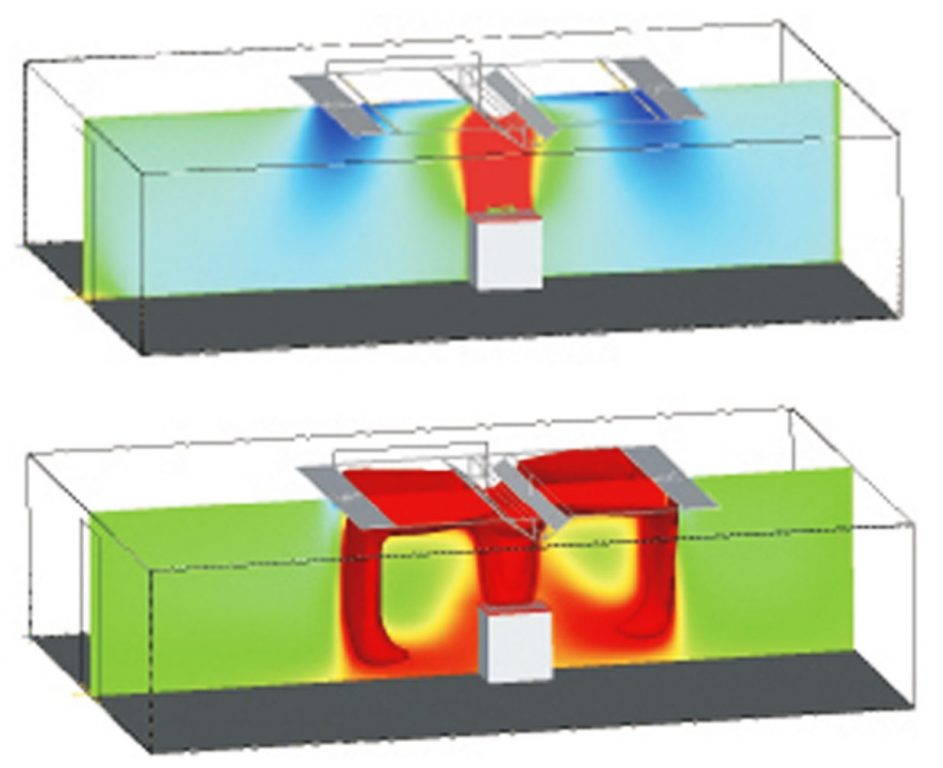
Digital simulation on a ventilated ceiling.
• WITH Capture Jets (top), the convective flows are forced to move towards the exhaust plenum, without dispersal.
• WITHOUT Capture Jets (bottom), the convective flows are not immediately evacuated and spread along the ceiling, to then recirculate with the air supplied by the Supply modules.
See how efficient it is
Here are couple of kitchens equipped with the Capture Jet™ technology and a Schlieren test made during a customer visit. The results speak for themselves.
Schlieren technology allows you to visualise the thermal plumes released by the cooking appliances. An asset used to accurately measure the capture efficiency of hoods and ventilated ceilings.

